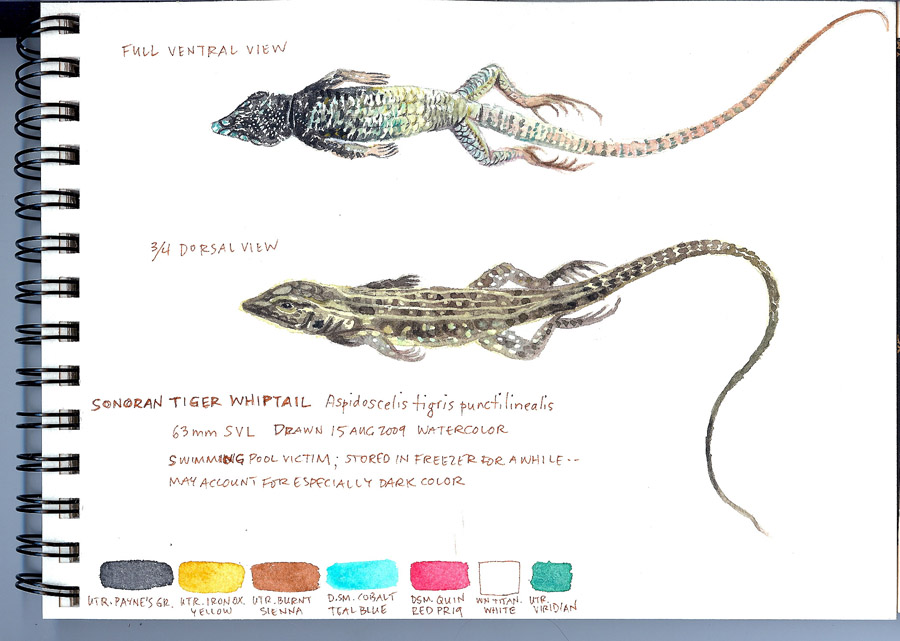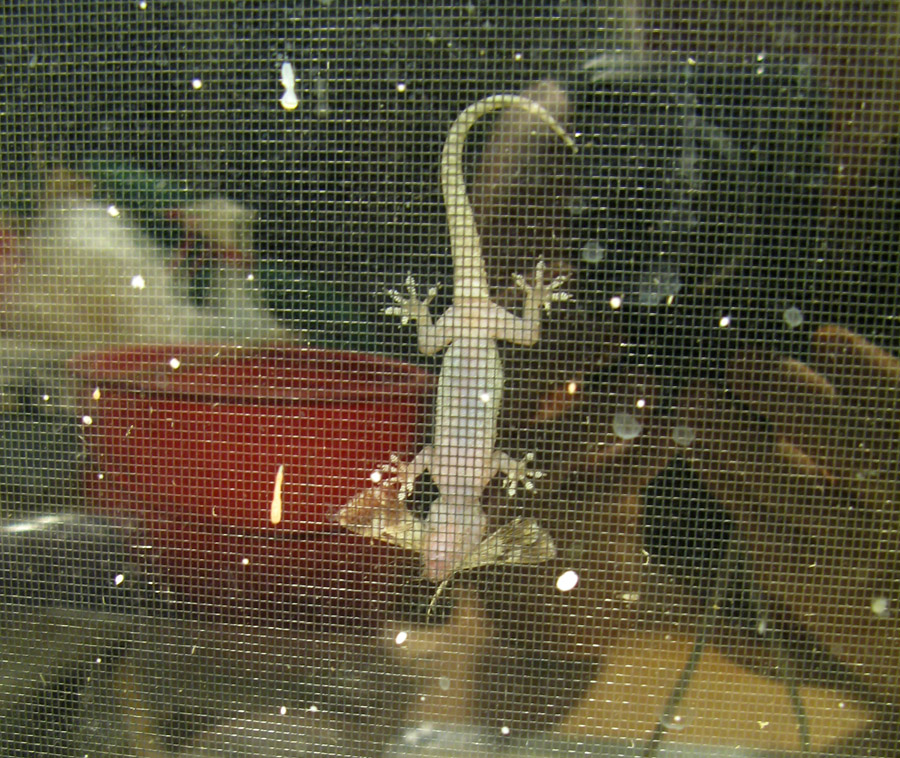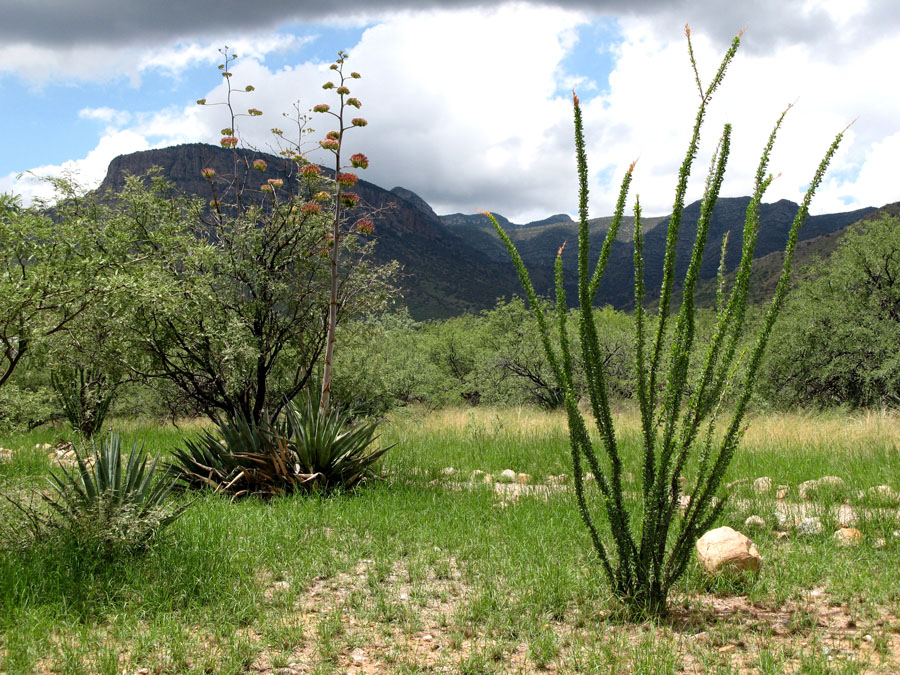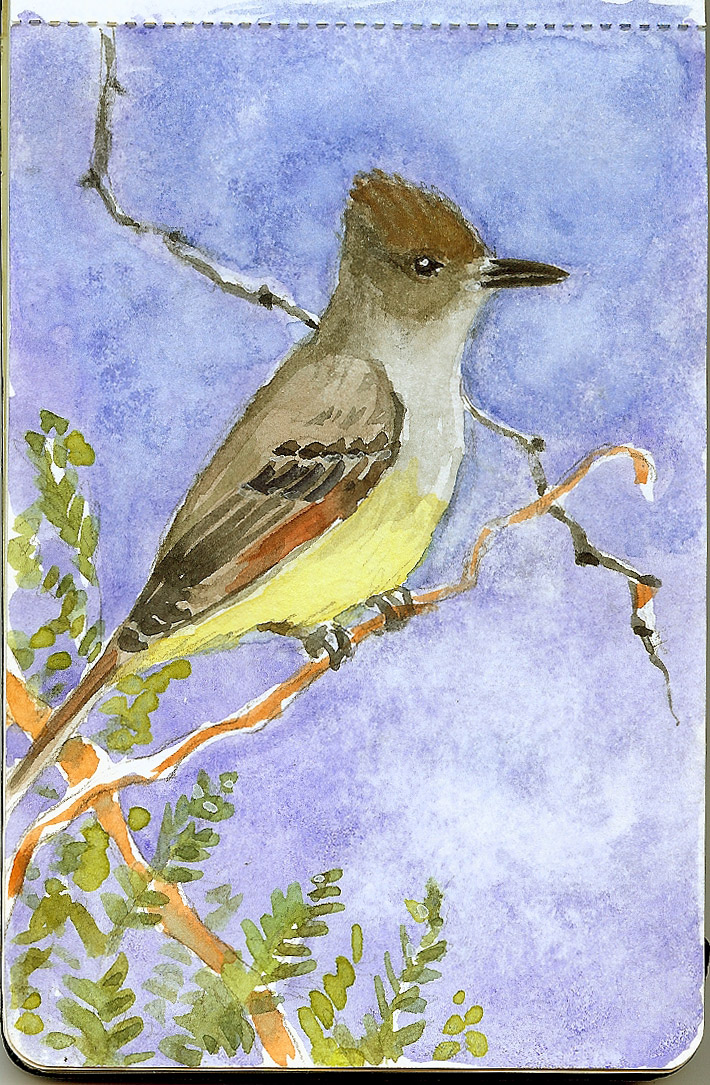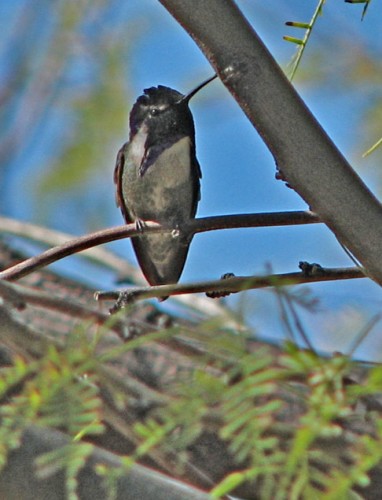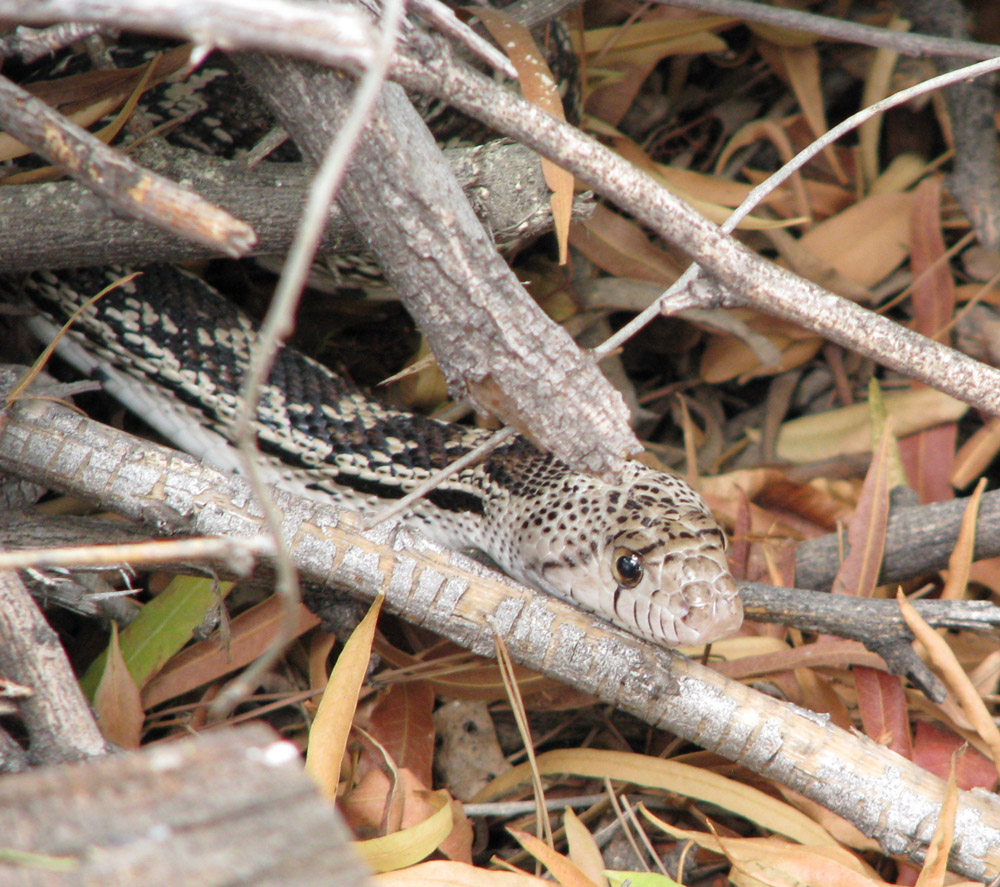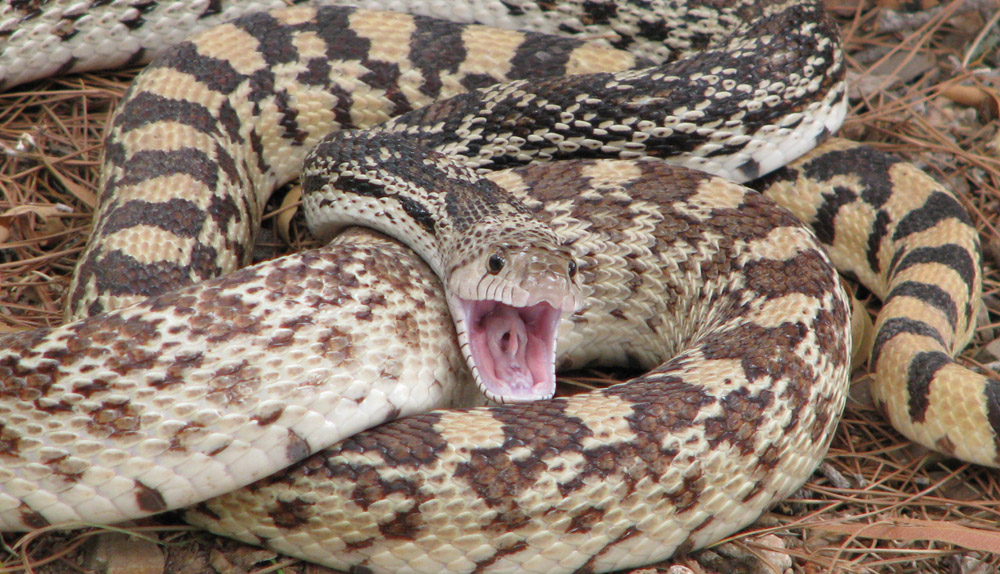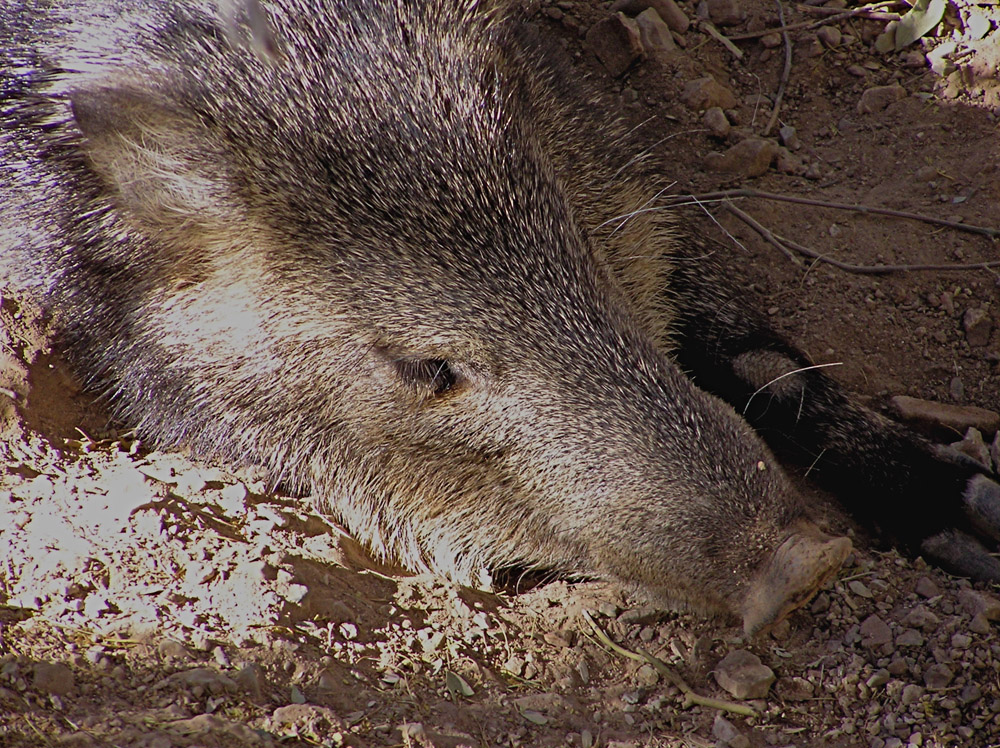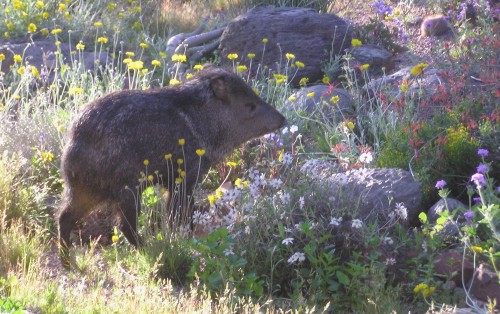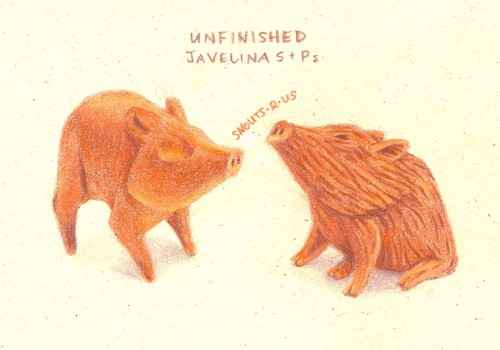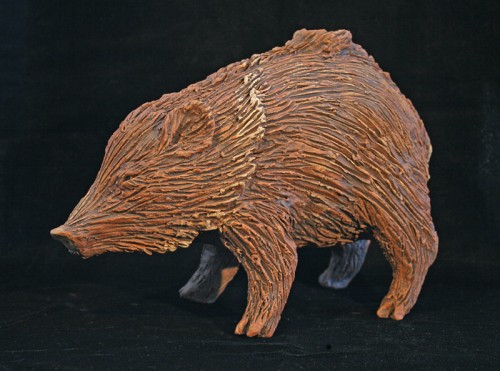Cnemie-philia
Yes, that’s “Cnemie-philia” — the love of lizards in the genus Cnemidophorus, now more properly called by their current genus name, Aspidoscelis, or Whiptails. Our locals are Sonoran tiger whiptails (Aspidoscelis tigris punctilinealis), and they’re the most commonly seen lizard in our Phoenix area yard. They like it hot and are out and about during the the day, except in the highest heat, constantly looking for prey such as insects and ants, which they are welcome to, as our ants have out-sized painful defense methods. (Yet I love the ants, because they feed the flickers and the whiptails). The young whiptails have been more in evidence recently, too — tiny whippety slippets of things, sleek and fast with brilliant blue tails that largely void their stripey camouflage against granite gravel. Maybe the flashy and detachable nearly-neon blue tail is an effective decoy for color-visioned predators, distracting them from more critical body parts.
(Various watercolors in Arches 140 lb coldpress sketchbook, A.Shock; click image to enlarge)
Here’s a watercolor study of a tiger whiptail who, sadly, fell victim to the LaBrea Tarpit of our pool. I finally took it out of the freezer drawer of our fridge, much to E‘s relief, although there is still a Vaejovis scorpion chilling in there (this is when zip-lock bags really shine, I feel). When I was through drawing, I took pictures and put the limp, thawed carcass out for a Curve-billed thrasher to find for a meal, but ashes to ashes: the ants found it first, bringing the lizard’s life full circle in a nutritional sense.
Etymology
Lately I’ve been slacking off on supplying etymologies for things, but this one’s already been covered, at the very bottom of the Desert iguana post, along with a swell photo by E of a (Plateau?) tiger whiptail we saw at the Grand Canyon.

